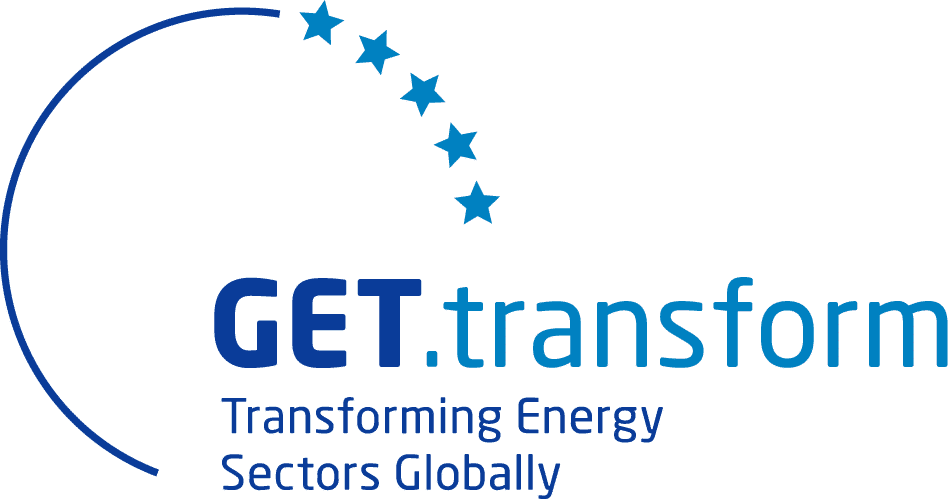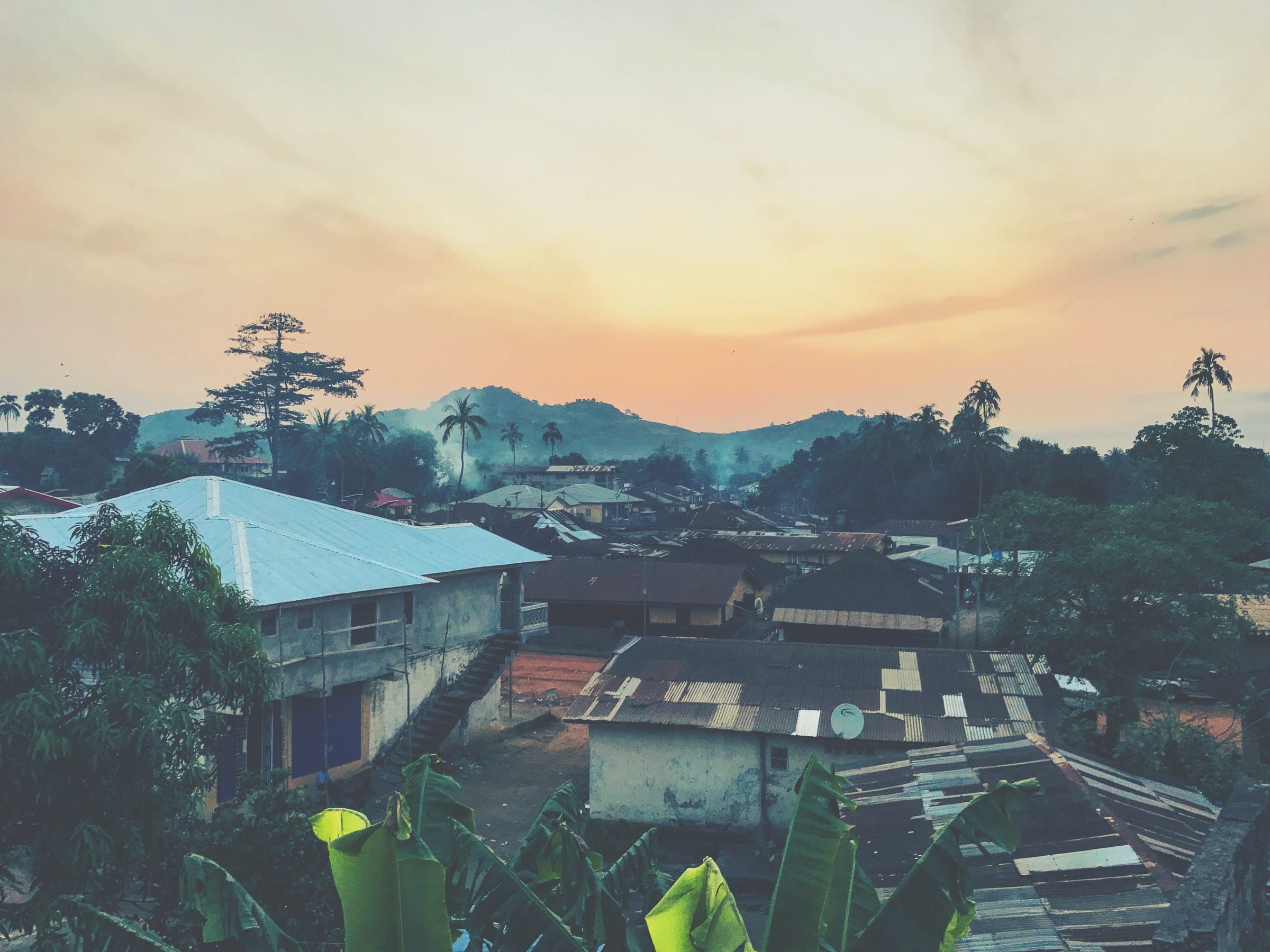Through the split asset mini-grid model, Sierra Leone was among the first countries in Sub-Saharan Africa to initiate a close collaboration between the public sector, private mini-grid investors and international organisations for the large-scale deployment of mini-grids. In the latest of its case studies, GET.transform explores the success factors of Sierra Leone’s mini-grid framework.
Split asset mini-grid delivery models have been introduced under the Rural Renewable Energy Project (RREP) to scale up mini-grid deployment: distribution assets including household connections are financed and owned by the Ministry of Energy, while the private sector finances and owns the generation assets.
In addition, Sierra Leone allows mini-grid operators to charge cost-reflective tariffs, serving to attract international investors and reduce dependence on public funding for rural electrification. Tariffs are set taking into consideration operational costs, depreciation of assets, reserves for maintenance and replacements of assets, taxes, capital-related costs, and a reasonable profit margin depending on the quantity of electricity sold.
While a few challenges remain, for example harmonising capacities among institutions, providing cost-reflective tariffs, legal protection and regulatory certainty reduces off-taker risks and lowers the risk perception, inviting international private mini-grid developers to participate in rural electrification.
In its case study compilation, GET.transform works with governments, companies and industry experts to provide encouraging evidence on off-grid approaches that create value for communities, boost employment, or achieve national objectives.
Find additional insights in the Uganda case study on a bundled approach to mini-grid tendering.



